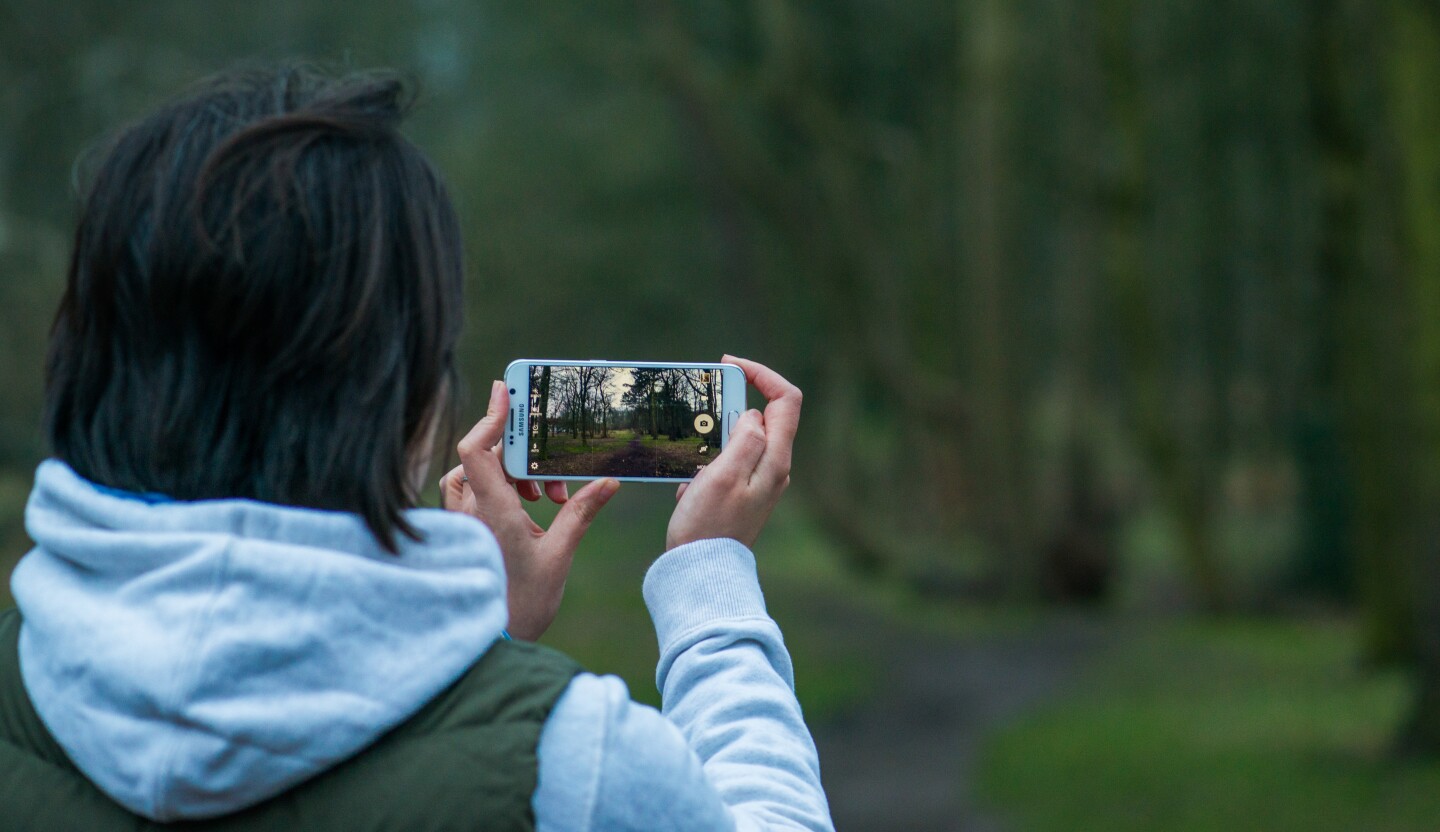Lens aperture is increasingly up there with megapixels when it comes to the camera specifications that smartphone makers like to boast about, but what exactly do those numbers mean? Here we look at what aperture is, how it works, and what it means to your smartphone photography.
Aperture is essentially an opening of a lens's diaphragm through which light passes. It works much like the iris and pupil of an eye, by controlling the amount of light which reaches the retina. A bigger aperture hole lets your smartphone camera sensor gather more light, which it needs to produce quality images.
The size of a lens aperture is described by its F-number, which is calculated using the lens focal length to the diameter aperture. As such, a larger F-number refers to a smaller hole, and therefore less light getting through. This is why smartphone camera manufacturers brag about larger apertures, with smaller F-numbers.
As you move along the F-stops F1.4, F2, F2.8, F4, F5.6, F8, and so on, the aperture halves (half the amount of light passes through) on each stop.

Now we know what the aperture is, and how the numbers work, we can start looking at what it means to photography. In cameras where you can alter the aperture, this allows you to creatively control things such as the depth of field (how much of the photo is in focus) and the shutter speed you can shoot at.
Selecting a larger aperture (remember that's a smaller number), will give a shallower area of focus. For example, if you want a sharp subject and a blurred background, you might want to shoot at F1.8, but if you want the background sharp too, you might be better with an aperture of F8. Larger apertures can also be used to let you freeze action better by shooting at faster shutter speeds.
While this is all well and good, for DSLRs, mirrorless cameras, and higher-end compacts, the vast majority of smartphone cameras don't actually allow you to change the setting and have a fixed aperture. Also, because of the wide-angle lenses and small size image sensors in most smartphones, you'd struggle to shoot with a shallow depth of field unless taking a close-up anyway.

However, that's doesn't mean lens aperture isn't important to smartphones, far from it. In fact, we'd argue that other than sensor size (and we're beginning to resign ourselves to the fact we're unlikely to see many more mega-sensored phones like the Nokia 808 and Panasonic CM1) it's potentially the most important spec, even more so than megapixels or OIS (Optical Image Stabilization).
One of the main benefits of a faster lens on a smartphone camera is improved low-light performance, an area where smartphones traditionally struggle. More light getting through the lens in these situations allows your camera to take better quality images which can be less blurry and feature reduced image noise.

OIS can be great when shooting static subjects in low light. But if your low light subject is moving and you want to freeze the action, you need a wider aperture so that you can also use a faster shutter speed. Because of the limitations of most smartphone sensors, you can't just pump up the ISO like you might on a dedicated camera.
As we've said, the wide angle lenses and small sensors on smartphone cameras mean you're not going to be shooting with a shallow depth of field in most situations. However, you can still achieve this when shooting close-up (a smaller distance between the camera and subject will result in a shallower depth of field) and lenses with larger apertures will let you do this more. This means your Instagram shots of your morning coffee can really pop.

So we now know that a large aperture is desirable in a smartphone camera, but which phones can offer the best? Well, we're beginning to see cameras with apertures in the F1.7-F1.9 range which offer much better light than F2.4 optics which were standard a couple of years ago. The aperture of recent smartphone cameras include the F1.7 of the Samsung Galaxy S7 and S7 Edge, the F1.8 of the LG G5, and the F2 of the Nexus 6P.
You might notice that we've not yet mentioned any iPhones, which are often seen as the standard of smartphone camera quality. This is because they simply don't match up to their rivals when it comes to aperture. The iPhone 6S, 6S Plus and SE all feature considerably slower F2.2 lenses, though they do use impressive processing software to deliver the performance which continues to keep many iPhoneographers happy.

In conclusion, lens aperture is certainly something you should consider on your next smartphone, especially if you value the ability to shoot good quality images in less than ideal lighting conditions. However, depending on what you want to shoot, you might also want to make sure your phone has OIS. It's this combo which helped the Samsung Galaxy S7 fare so well when we tested it shooting in low light.












